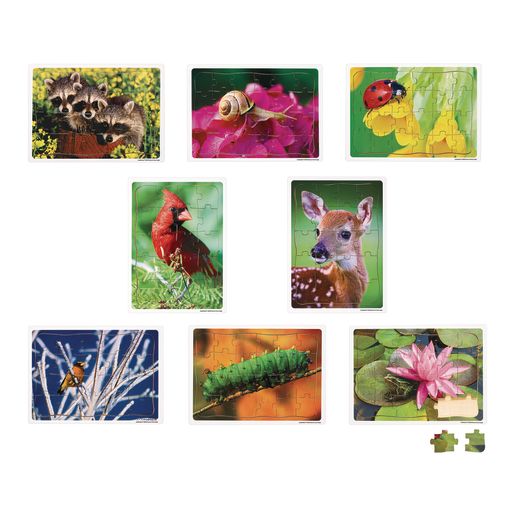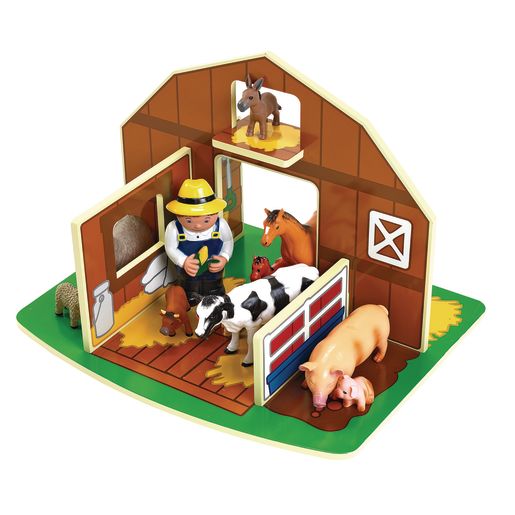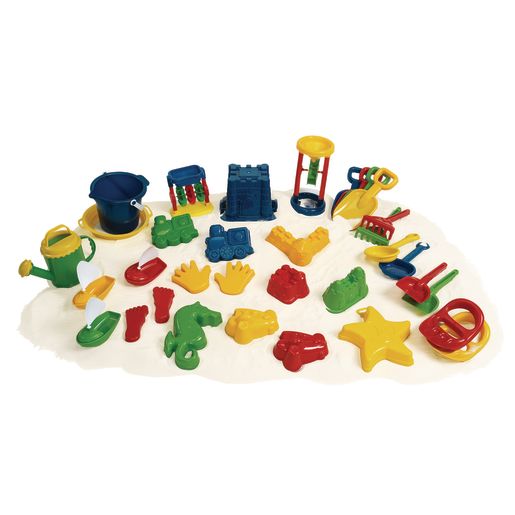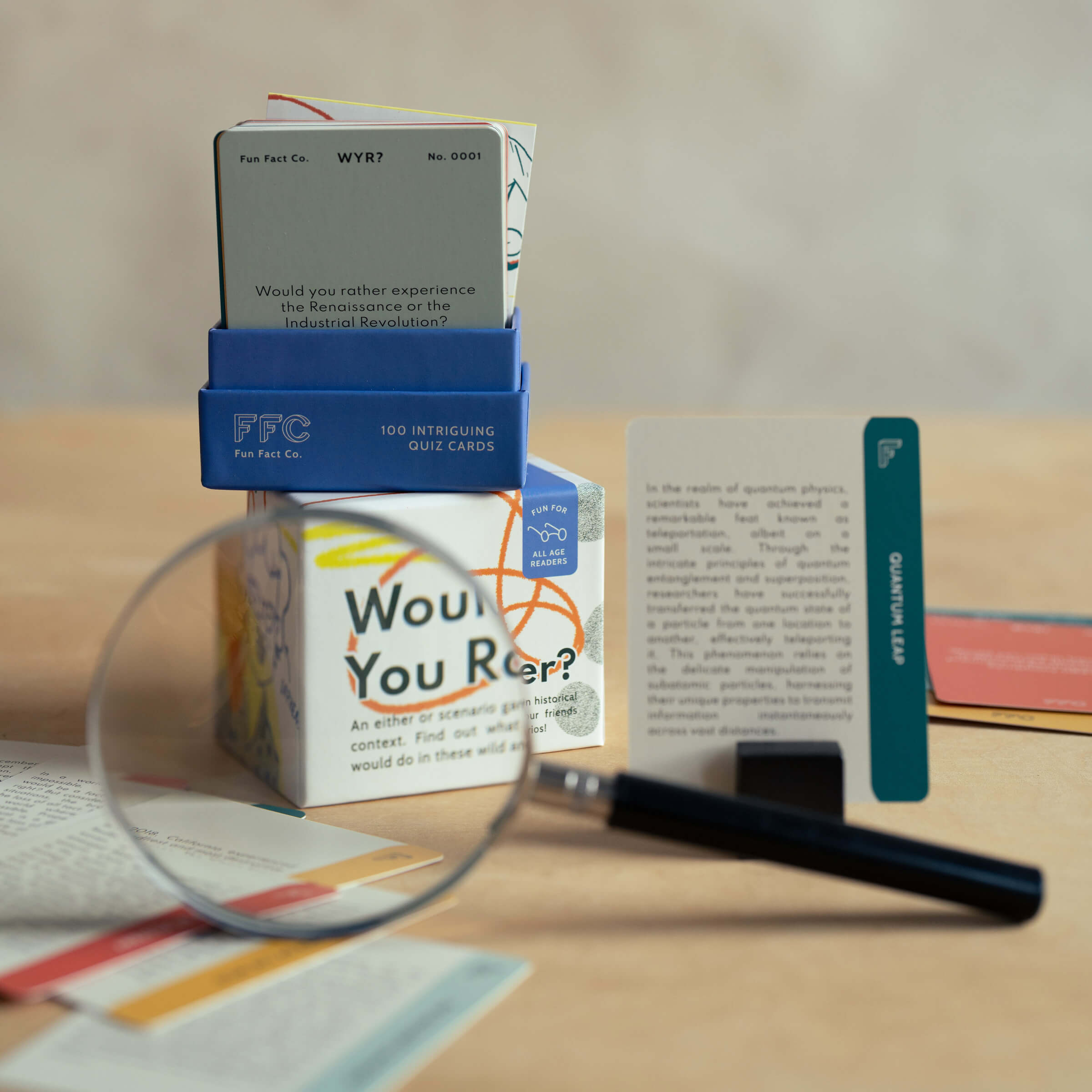Description
The Excellerations Garden Creature Puzzles offer an engaging bridge between indoor learning and outdoor discovery for young homeschoolers. This set includes eight wooden puzzles featuring photo-realistic images of garden creatures: a cardinal, doe, raccoon, grosbeak, snail, caterpillar, frog, and ladybug. Four puzzles contain 20 pieces while four contain 24 pieces, providing progressive difficulty levels that grow with your child’s developing skills.
Each puzzle measures 12″ x 9″ with pieces sized appropriately for small hands to manipulate. The wooden construction with real photographs printed directly onto the surface creates durable, engaging learning tools designed to withstand years of regular use. The realistic imagery helps children make connections between the puzzle pieces and actual creatures they might encounter in their own backyard or nature walks.
Working with these moderately sized puzzle pieces helps develop fine motor skills through precise hand movements, strengthens the pincer grasp essential for writing readiness, and builds hand-eye coordination. The 20-24 piece count provides just enough challenge to develop sustained attention and concentration without overwhelming young learners.
How Homeschoolers Can Use This Product
Nature Study Integration These puzzles serve as perfect indoor companions to outdoor nature study, allowing children to examine detailed images of creatures they’ve observed or hope to find during nature walks. Use them as pre-learning tools before heading outside, or as follow-up activities to reinforce creatures spotted during your family’s outdoor explorations. The realistic photographs make excellent reference materials for nature journaling, helping children accurately draw and identify creatures in their own nature notebooks.
Science and Life Science Foundation The eight different creatures provide natural entry points for discussing animal classifications, habitats, and life cycles. Start conversations about which animals are mammals (doe, raccoon), birds (cardinal, grosbeak), amphibians (frog), insects (ladybug, caterpillar), and mollusks (snail). These discussions can extend into deeper unit studies about food chains, seasonal changes, and how these creatures fit into your local ecosystem.
Pre-Reading and Vocabulary Building Use puzzle time for rich vocabulary development by naming each creature, describing their characteristics, and discussing the sounds they make or their behaviors. Introduce spatial vocabulary like “turn,” “flip,” “above,” and “beside” as children work to fit pieces together. Encourage storytelling about where each creature might live or what they might be doing.
Fine Motor and School Readiness The precise manipulation required for puzzle assembly directly supports writing readiness by strengthening the same small muscles children will use to grip pencils and control writing tools. Regular puzzle work helps develop the hand-eye coordination and visual-motor integration essential for learning to write letters and numbers.
Mathematical Thinking Puzzle work naturally introduces mathematical concepts like pattern recognition, spatial relationships, and problem-solving strategies. Count pieces, sort by colors or creature types, and discuss concepts like symmetry using the butterfly-like wings of the cardinal or the patterns on the ladybug.
Quiet Time and Independent Learning These puzzles provide excellent independent activity options for times when older siblings are working on more advanced lessons, offering productive learning time that builds confidence and self-reliance. The focused concentration required helps develop sustained attention skills that transfer to other academic areas.
Family Time and Multi-Level Learning Puzzle time becomes valuable family bonding when parents or older siblings work alongside younger children, providing natural opportunities for teaching patience, cooperation, and problem-solving strategies. Older children can help younger ones while reinforcing their own knowledge of these creatures.
Charlotte Mason and Nature-Based Learning These puzzles align beautifully with Charlotte Mason’s emphasis on nature study and living education, providing concrete representations of living creatures that can spark curiosity and wonder about God’s creation. They serve as excellent “living books” in three-dimensional form, offering repeated interaction with the same creatures to build familiarity and recognition.





Reviews
There are no reviews yet.